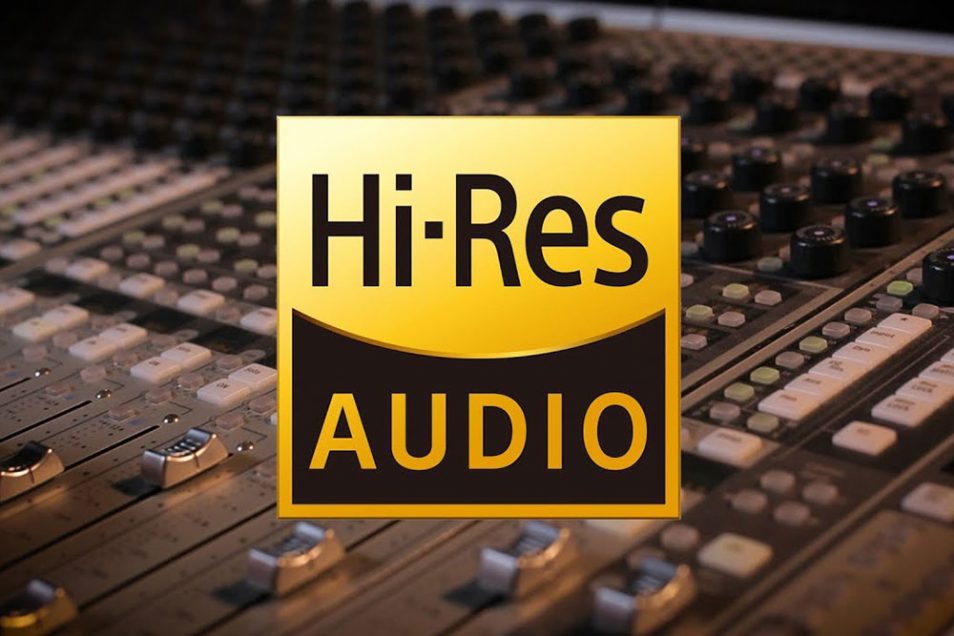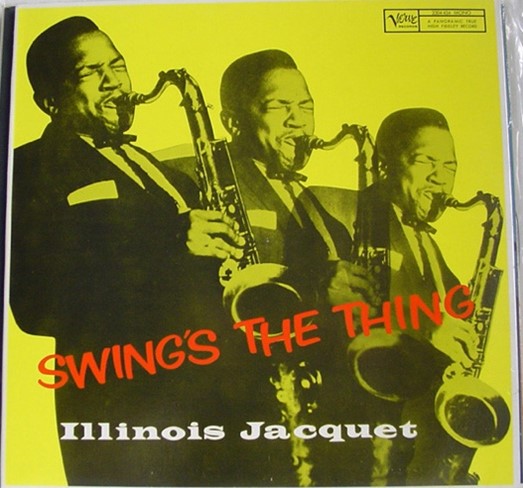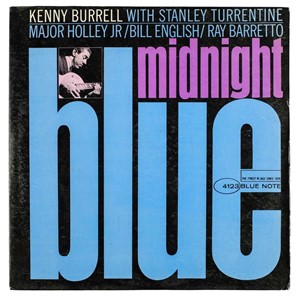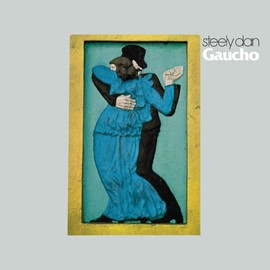Tech Talk
Hi-Res Reality Check
16/44 vs Hi-Res: Can you hear the difference?
Better still, can the difference improve recording quality?
By David Solomon - Vice President, Qobuz

The idea of streaming bit-perfect Hi-Res audio has been a dream of music lovers for many years and now it’s not only possible, but a reality. The Hi-Res albums that many of us bought for big money are almost all available on Qobuz for the price of a subscription.
Now that they are available, many forums on social media are posting confusing information that has little to do with the actual practical application of recording music in Hi-Res.
Perfect digital and theoretical numbers are quoted all the time regarding digital audio. “Can you hear the difference between 16/44 and Hi-Res recordings?” Then they quote the 16/44 TOP spec of 96dB signal-to-noise (dynamic range) and up to about 20kHz frequency response, but these often-quoted top digital specs have never been achieved and are purely theoretical. Many will take these numbers as a reality in the playback process. They are not. In reality, and in practical usage, the very best Redbook CDs usually top out at 700-1,000 Kbps. Some even lower. 16/44 in a perfect world would yield 1,411Kbps to achieve the dynamic range quoted in the sites that say 16/44 is more than enough resolution and dynamic range. And while a perfect 16/44 recording could produce 96dB of dynamic range, there are no 96dB dynamic range CDs.
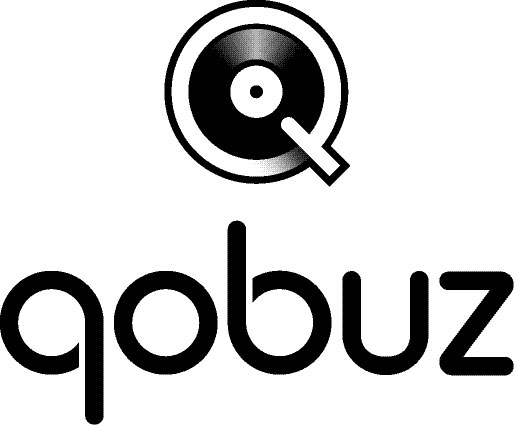
Qobuz offers the richest catalogue of Hi-Res music for
streaming and download.
So, if you ever want to achieve the specs of a 16/44 recording at its highest level, it’s much more likely to happen with a 24-bit slate. Everything needs headroom. If you want to drive a car at 70 mph, you don’t buy one with a top speed of 70 mph. By the same token, if you want to hear what 16/44 can really do, you don’t start out with a max 16/44 recording.
Hi-Res, by comparison, is a much better tool for recording engineers so they have headroom during the recording process, so they make a better recording to begin with. Recording in 24/96 will not yield 144dB dynamic range because there's no system that could deal with that kind of swing, or any mic that could capture it. However, Hi-Res does give engineers more room to record before clipping the digital signal trying to get too close to its top range.
We've all heard very skilled engineers produce some astonishing 16/44 content in the early days of CDs. They were somewhat rare, but now young engineers on digital audio workstations are getting great results in their bedroom recording in Hi-Res, because of this headroom now afforded. One such recording is Billie Eilish's Don’t Smile at Me, recorded by her brother in a room in their house. Take a listen here. Until recently, it was near impossible to get a recording that sounded this good unless you were at a top studio with a top shelf engineering staff.
Hi-Res simply makes it easier for engineers to make great recordings. If you've been paying attention to original recordings in the last five years, we've come a long way and the sound quality of a music file is likely to be much more relaxed and extended these days than in say 1990. We now have some of the best recordings ever made because of Hi-Res and almost everything is being released today is with extended resolution.
If you then take one of these exceptional Hi-Res recordings down to 16/44, not many would detect a big difference, but that's not really the point. 16/44 is no longer even a standard and has no reason to exist. So why would anyone want to take the original Hi-Res recording and convert it at all? We now have the space, we have the speed, and we have Hi-Res music services. Just push the button and enjoy.
Older recordings can benefit from Hi-Res as well, and many are very well done. These Hi-Res recordings are the ones we bought, and prior to streaming were highly sought after and quite expensive.
One of my favorite vintage recordings is Illinois Jacket, Swing’s the Thing. This was released in 1957 and the Hi-Res version is much better than the 16-bit version. We have them both on Qobuz. So it’s an easy process.
Another is the 1963 classic, Midnight Blue by the great Kenny Burrell.
Having said this, there are plenty of albums that have been re-released that sound no better and sometimes worse than the original. I don't like it, but that's how some of the labels have dealt with their older content. Going forward, there's not much reason to re-release current Hi-Res albums, because it’s likely they will stand the test of time and sound great the way it was recorded.
Bill Schnee, Grammy-winning engineer who has a discography of more than 500 albums, including Steely Dan’s Gaucho, says that the first time he recorded in Hi-Res was the first time the glass was removed in the studio between himself and the musicians.
Here's a release that has much better sound quality than the original 16-bit version. Both are on Qobuz for easy comparison.
This is a great time to be alive if you're a music lover, but Hi-Res recording is not about theoretical numbers or the resolution you choose to play it back in. It's about the undeniable leap in recording quality and the benefit you get from that part of the process. So yes, in listening and in practical terms, Hi-Res does make a big difference.
So the next time you hear or read that systems can’t keep up with Hi-Res, know that it doesn’t have to keep up with theoretical numbers. Your system just has to play back what is now possible. That is simply better sound from the original source itself.

